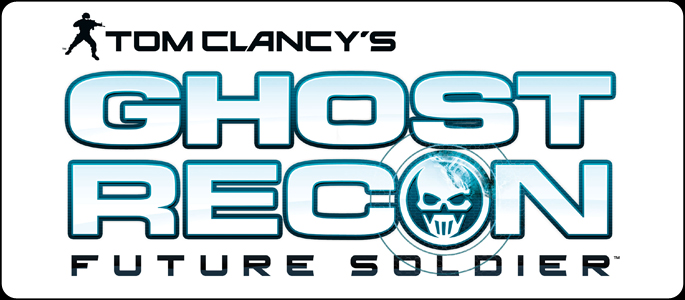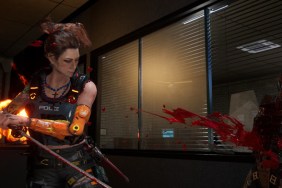Ghost Recon Future Soldier is a blend of tactical shooter, stealth game, and Modern Warfare-style intense combat situations. Ubisoft’s unique approach to the squad shooter actually manages to be quite the balance of the three, offering enough accessibility for everyone but still managing to satisfy hardcore fans of all three. Whether someone is a fan of squad shooters like Gears of War, stealth/action titles like Metal Gear, or games in the Ghost Recon franchise itself, they’ll likely find something to like about Ghost Recon Future Soldier that’ll keep them coming back for more. While not without a few weaknesses, GRFS is quite the all-around package that anyone who considers themselves a fan of squad shooters should consider giving a try.
GRFS‘ single player campaign is the story of an elite team of four soldiers known as Ghosts — Ghost Lead, Kozak (the player’s character), Pepper, and 30K — who are sent to investigate the source of a shipment of deadly weapons that was previously investigated by a now wiped out Ghost team. The story unfolds over a series of very Call of Duty-reminiscent briefings, a few in-game cinematics and through in-game events as well. The story itself isn’t overly compelling, but works well for what GRFS needs, which is a story of conflict for the Ghosts to help resolve. The story isn’t bad, either, but its style will ring familiar to gamers who have played similarly styled games (COD, BF3, etc.).
Gameplay-wise, each mission in GRFS is quite long, with each feeling like it consists of the length of three or four missions players might see in other shooters. The length is quite welcome, as it makes each mission feel like a cohesive whole, with plenty of great gameplay to be had in almost every one. The Ghosts are very tactical team that pride themselves on unseen takedowns and infiltrations into enemy controlled territory, though, so the only way that players will make it to the end of these missions is to adhere to use stealth and teamwork whenever possible. The core of the appeal of gameplay is how the game inserts the Ghosts into situations where they’re outnumbered and how important it is for them to remain unseen for as long as possible. The tension of the Ghosts sneaking into heavily patrolled enemy territory or dealing with being spotted and having to engage foes in combat delivers — it’ll keep gamers who enjoy the first few missions going until the end of the campaign.
Based on that description, GRFS may sound like an incredibly strict and disciplined shooter, but the game also offers some flexibility. Stealth or combat situations going awry is an inevitability and players can engage in action-packed shootouts, so long as they play smart and keep integrating cover and teamwork into their strategies. The availability of the option of a gunfight is a great way of making sure players aren’t boxed in. Furthermore, it keeps gameplay open enough that casual fans of shooters can get into the tactical gameplay, without Ubisoft having to worry about sacrificing its core components too much.
However, a few moments do exist when GRFS loses its flexibility a bit and strays too close to similar scenarios in other war games (waves of enemies prior to extraction in one mission, segments where a turret is operated from a helicopter), which just aren’t as good as GRFS‘ normal gameplay. Also, gamers may need to be concerned about the possibility of a few glitches as well: one involved being unable to open a door because a teammate was stuck in a crawling animation and another involved a “Restart From Checkpoint” selection that loaded into a black screen, forcing a reset. Note, though, that all of the mentioned instances in this paragraph are/were few and far between.







